|
Last day of Media History class, and I threw ’em a one-two punch. First, we read some of Vilém Flusser’s intentionally provocative media philosophy — where he claims that the age of writing is ending. Then, per the 21C prof handbook, we pivoted to a YouTube video (above) about hip-hop writing practices. The class basically started with writing — what was it? what is it? what does it do? — so I wanted to bookend the semester by circling back. After spending the second half of the term immersed in mostly electronic media, indeed, what’s the status of this allegedly foundational linear-narrative form?
0 Comments
A new journal article of mine is now published: "Rock and Roll Will Never Die: Holograms and the Spectrality of Performance" in the spring issue of Spectator, the film-studies journal at USC. The work extends a conference presentation I gave at USC's First Forum in 2021. The abstract: In 2012, the rapper Tupac Shakur performed in the top slot at a major music festival — an event only notable because he had died 16 years earlier. The performance was made possible by a 21st-century digital upgrade of a 19th-century stage illusion called Pepper’s Ghost, and it ushered in a trend of creating and presenting similar “hologram” performances of posthumous pop stars. This article offers an explanation of what is seen in such a performance, examining the simulation of 3D video imagery designed to veil its mediation in order for its subject to appear unmediated, present, and “real.” Ultimately, I claim that these illusions are contemporary séances — a revival of historically spiritualist practices but one in which what is conjured is actually the deceased’s previously existing performing persona, as the concept has been extended by Philip Auslander. This cultural entity (distinct from the body and able to outlive it) is offered a new embodiment within a media system that restores the immaterial entity to the material space of the stage — a context previously off limits to the dead performer. Read the article here!
Raffi Kryszek, of PROTO Hologram, and myself before the panel at SDCC22. What a great time hosting a panel at Comic-Con in San Diego on Friday! A sizable crowd joined us for "From Scifi Imaginary to Tech Reality: The New Science of Holograms" — and, wow, did they ask superlative, knowledgeable questions! Panelists were myself and Raffi Kryszek, the principal hardware architect for the PROTO Hologram company in Los Angeles. (Tara Knight from Colorado U's Critical Media Studies program was unable to make it.)  I finally got the chance to show off one of the only vintage comic books I possess: a 1978 one-off called Holo-Man, about a doctor zapped by high energy in a holographic matrix, which grants him superpowers (projecting illusions, time travel, invisibility). We parsed the various ways holograms have remained ubiquitous throughout science-fiction narratives, evolving the imaginary of digitally projected matter and characters. Then Raffi discussed the exciting work being done at PROTO to actualize that imaginary — creating life-size, photo-real 3D simulations of people through its unique "hologram" technologies. He even clued us into the next new model (desktop-sized!). Good stuff and good fun! Thanks to the Comic-Con folks for having us! Get Back — Peter Jackson’s extraordinary new reboot of Michael Lindsay-Hogg’s 1969 documentary footage following the Beatles’ penultimate recording sessions — has been revelatory in numerous ways, from its prompting of astute reconsideration of Yoko Ono’s much-maligned cultural narrative to final proof that Billy Preston utterly saved the day. The remarkable technology used to revive these old reels (and the audio) is important to attend to not only for its importance to the future of film restoration but for its increasing intrusion into filmmaking; Get Back is a highly computed film, perhaps the first movie many have seen with such dramatic and artistic contributions by an algorithm (“And the Oscar for Best Algorithm goes to…”?) — to the point that the documentary’s rotoscopic computation of imagery and sound can be seen as the construction of a kind of virtual reality.
In addition to this surface virtuality of the image, however, I’m interested in the virtuality of the individuals shown through that imagery — and the ways Get Back is less a documentary about live human beings than it is about a socially constituted band of living ghosts. Several iterations of performing “holograms” have begun touring the country, as I’ve written about a bit here (and it’s a primary subject of my dissertation). The rolling out of these nascent, futuristic spectacles constitutes early technical and market experiments to determine whether audiences will engage with posthumous, digital pop stars as a going concern beyond the one-off spectacles of 2.0Pac and Michael Jackson. The subject matter selected for this first round of touring spectacles has been, in a word, niche. For instance, the late soprano Maria Callas has been making the rounds of international opera houses once again, in digital form. Likewise, dead crooner Roy Orbison just completed new tours of Australia and North America, and last week it was announced his hologram will return to the road on a double bill with Buddy Holly. We're not starting with the Beatles, in other words. Last weekend, a hologram of heavy metal singer Ronnie James Dio wrapped a 17-date U.S. tour with a final show in Los Angeles. I attended that show, and I offer some thoughts and observations here. Image linked from Rolling Stone “The Bizarre World of Frank Zappa” is a current concert tour featuring a resurrection of the title rocker as a “hologram” — the latest in a lengthening line of the digital deceased returning to stages. For instance, rock and roll pioneer Roy Orbison toured again last year and opera diva Maria Callas sang earlier this month in Los Angeles, where next month you also can check out the controversial Ronnie James Dio hologram. Each of these is an offspring of 2.0Pac — the “hologram” of the (allegedly) dead rapper that landed a headlining slot at the Coachella music festival in 2012. They are augmented-reality (AR) displays scaled to life-size: a visual likeness of the original star is recreated digitally, paired with archived audio, and projected onto a stage where the image “performs” alongside live, human musicians playing in sync.
It’s a phenomenon that should be generating fascinating visuals, breaking a stale mold of live musical performance, and inspiring new modes of both living and posthumous embodiment. But it’s not, at least not yet. Performing holograms thus far — even zany ol’ Zappa — are alarmingly conservative in their presentation and undemanding of their phenomenological experiences. For a technology inextricably linked to discourses of futurism and spectacle, the first wave of virtual pop stars has been disappointingly old-fashioned and dull. This post argues for some perspectives that might assist and direct the creative development of Holograms 2.0, with a nod toward last week's more interesting televised Madonna holograms. I've written before here about David Gunkel's research and thoughts on the social rights of robots. He's now summed up the many arguments for and against — and contributed his own, based on the philosophy of Levinas — in a new book, Robot Rights, from MIT Press. I jumped at the chance to review it, and it's finally published online.
And, hey, Gunkel referred to my review as "positively brilliant"! Attending San Diego’s famous annual Comic Con is a breeze — when you’re an STS grad student, at least. The lines for the Netflix trailers and movie sneak-peeks and TV cast conversations? Long, like crazy-long. The lines for the science panels? What lines?
Writing about Facebook profiles as memorials to the dead, Patrick Stokes notes that “our social identities are not necessarily coextensive with the biological life of the individual human organism with which they are associated, and thus it is not the memory of the dead person that is being honored and sustained through this form of memorialization, but some dimension or extension of the dead person themselves” (367). This is part of a growing body of literature that has coalesced around the agency of the dead — an agency facilitated specifically through durable, mediated representations of formerly living bodies.
My research is rooted in a sizable patch of this, but I’m commenting on some of it here because of a couple of nifty examples encountered just this week — mediated, shared, and hyped performances by two public figures who are no longer alive. (Warning: a few minor “Rogue One” spoilers lie ahead.) My two most productive research interests seem quite different. My current dissertation project investigates the cultural histories and spatial embodiment of holograms and hologram simulations. In my copious free time (cough, sputter), I also maintain a course of study that began well before my grad-school adventure; as a journalist, both in Tulsa, Okla., and at the Chicago Sun-Times, I wrote a great deal about folksinger Woody Guthrie and the revival of his legacy within his home state, and now as a scholar I continue examining the ol' cuss and his peculiar communication strategies. One interest is old, analog, and sepia-toned; the other is shiny, digital, and futuristic.
But — as I explained in my presentation this weekend at the Woody Guthrie Symposium, hosted jointly by The University of Tulsa and the Woody Guthrie Center — there's actually a bit of Venn-diagram shade between the two. What interests me about these emerging "hologram" technologies, especially uses of the tech in pop-music performance contexts, is how the digitally projected characters achieve some semblance of believability, how their creators manage to craft a successful performing persona, and whether these simulations can claim something like Benjamin's "aura" or even Bazin's "fingerprint." This is not far removed, I'd say, from the process human performers go through in crafting their own performing personas — which is what I claim Woody did during his two years on L.A. radio beginning in 1937, as a direct result of his encounter with the new mass medium and its delayed feedback channels. Such is the basis of my paper on the subject, and my talk this weekend. No one, to my knowledge, yet has proposed that Woody be among the legions of dead musicians resurrected in hologram form. This sounds like both a terrific idea (he'd probably love it) and a dreadful idea. Who knows? What is a hologram?
Dictionaries say one thing, but popular discourse says much more. From its birth as a collage of post-WWII optical sciences through the 1970s, holography was an evolving but fairly easily defined practice. Its products were called holograms — photo-like film images that delivered a more three-dimensional view of the subject. Then "Star Wars" happened. When researching and writing about (or designing and producing) hologram simulations, there’s always an initial coming-to-terms with the terms.
When I analyzed the discourses of simulation designers, nearly all of them made some attempt to square and/or pare the language of their field. Designers and artists usually opened interviews with this, eager to make sure I understood that while we call these things “holograms” they’re not actual holography. “The words ‘hologram’ and ‘3D,’ like the word ‘love,’ are some of the most abused words in the industry,” one commercial developer told me. Michel Lemieux at Canada’s 4D Art echoed a common refrain: “A lot of people call it holography. At the beginning, 20 years ago, I was kind of always saying, ‘No, no, it’s not holography.’ And then I said to myself, ‘You know, if you want to call it holography, there’s no problem.’” In my own talks and presentations, I’ve let go of the constant scare-quotes. The Tupac “hologram” has graduated to just being a hologram. It gets stickier when we begin parsing the myriad and important differences between virtual reality (VR) and augmented reality (AR). Many of us think we have an understanding of both, largely as a result of exposure to special effects in movies and TV — where the concept of a hologram underwent its most radical evolution, from a mere technologically produced semi-static 3D image to a computer-projected, real-time, fully embodied and interactive communication medium — but it’s AR people usually grasp more than VR. They’ll say “virtual reality,” but they’ll describe Princess Leia’s message, the haptic digital displays in “Minority Report,” or the digital doctor on “Star Trek: Voyager.” Neither of these are VR, in which the user dons cumbersome gear to transport her presence into a world inside a machine (think William Gibson’s cyberspace or jacking into “The Matrix”); they are AR, which overlays digital information onto existing physical space. Yet both VR and AR refer to technologies requiring the user to user some sort of eyewear — the physical reality-blinding goggles of OculusRift (VR) or the physical reality-enhancing eye-shield of HoloLens (AR). Volumetric holograms — fully three-dimensional, projected digital imagery occupying real space — remain a “Holy Grail” (see Poon 2006, xiii) in tech development, and we may need a new term with which to label that experience. One developer just coined one. Just a slightly nifty post from the “nothing new under the sun” file: All that fuss over the (never available) Google Glass, all the hype over the (still unavailable) Oculus Rift, all my excited bewilderment over the (only demoed) Microsoft HoloLens — yet these head-mounted augmented-reality displays have been on drawing boards since at least the ’60s.
Perfume is a Japanese techo-pop group, a trio of women cranked out of a Hiroshima idol-singer mill nearly 15 years ago; last week they at last made their SXSW debut, after touring the United States for the first time only last year. Their performance — an eye-popping, digitally mashed-up overload of projection-mapped spectacle — offers exciting new ways to consider the negotiations between digital and live bodies on stage.
SXSW has supported talent from Japan for most of its run, despite often pigeonholing it in the single Japan Nite showcase — which observed its 20th anniversary this year (I had the fortune of being present for the first back in ’96, featuring the great Lolita No. 18). But as bands from Japan have upped their cultural cachet here, bigger acts have spilled over into the festival’s other venues and showcases. Perfume’s set last week — sandwiched at the end of the festival's Interactive portion and the beginning of its bedrock music week — certainly turned some heads. Finally. After all this time speculating about the boring, antiquated Oculus Rift headset, Microsoft this week demoed a new product that promises an actual step forward in melding virtual-reality computing into everyday living.
CNET’s report says: “Microsoft wants us to imagine a world without screens, where information merely floats in front of you.” This, folks — this is the Kool-Aid I’m chugging. |
this blahg
I'm THOMAS CONNER, Ph.D. in Communication & STS, and a longtime culture journalist. Categories
All
Archives
June 2024
|
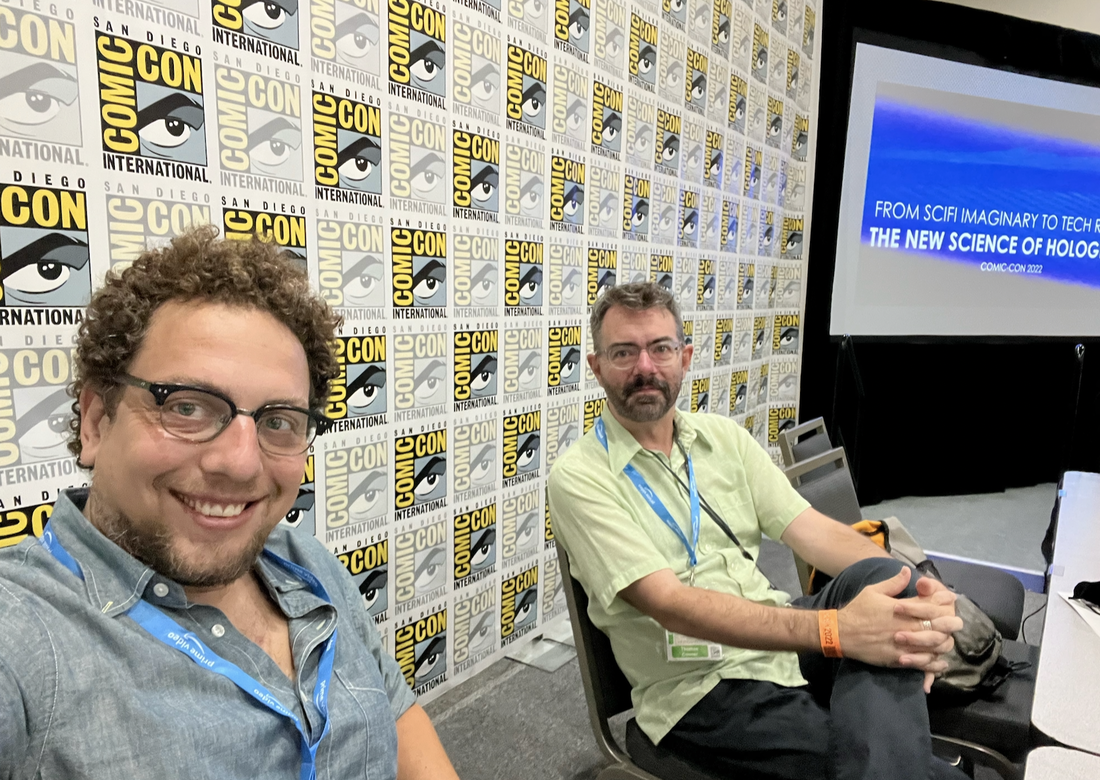
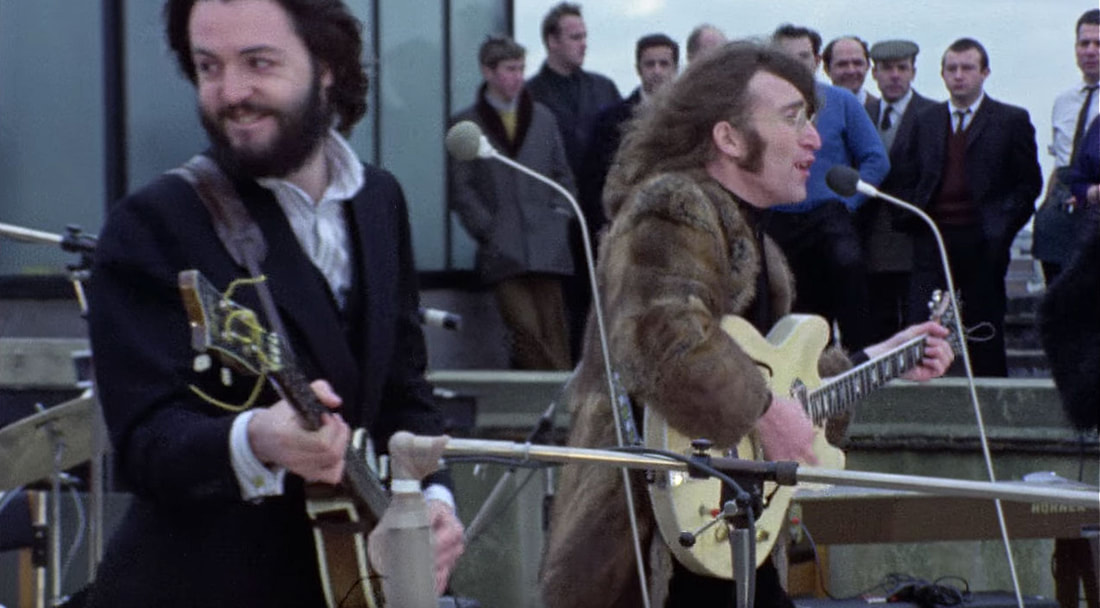
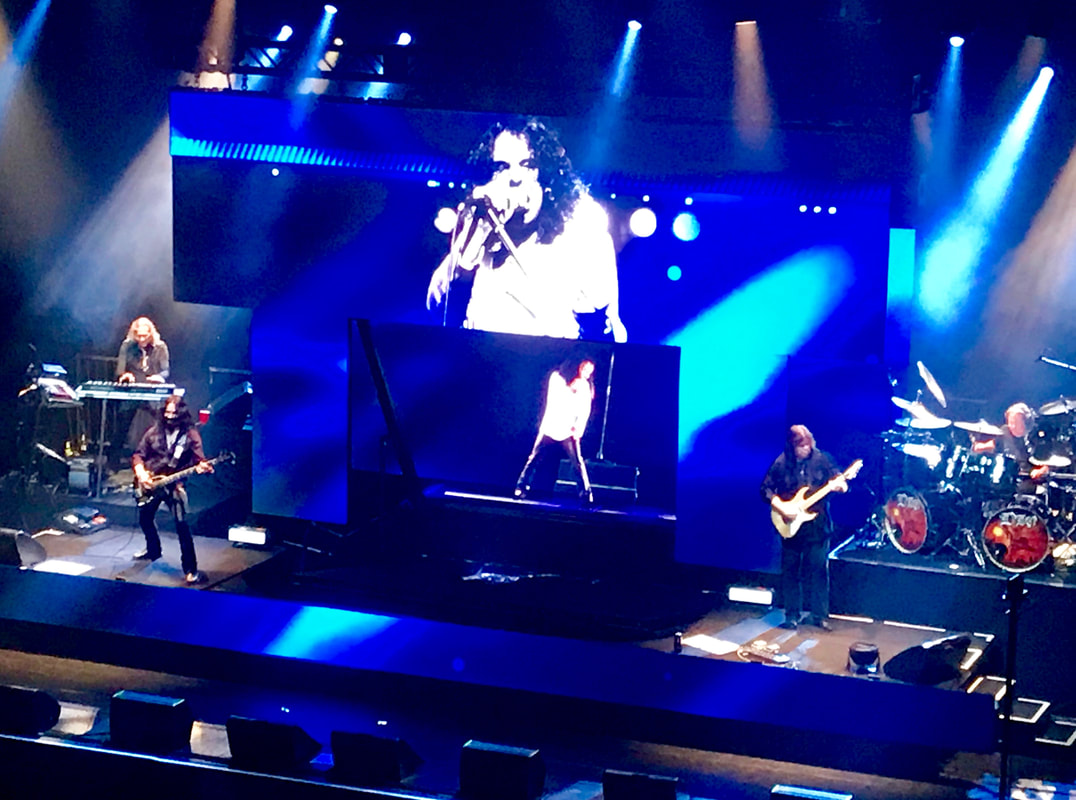

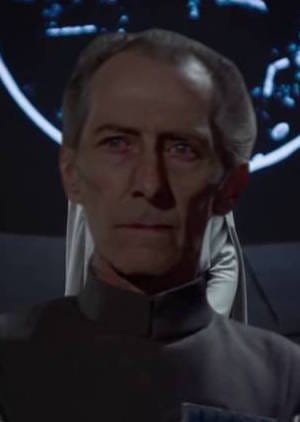
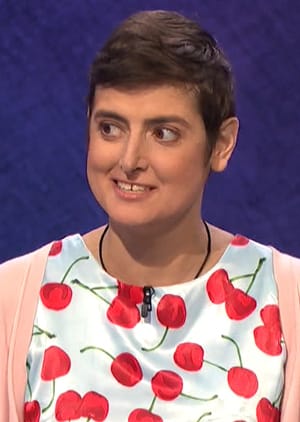








 RSS Feed
RSS Feed